Plate heat exchanger
The plate heat exchanger is a kind of heat transfer equipment with high efficiency. Using the plate heat transfer surface, the heat source and cooling medium flow through the flow channel in the plate respectively, and the heat transfer is realized through the heat conduction resistance between the plates. The plate heat exchanger has the characteristics of higher efficiency, strong adaptability, easy maintenance, low energy consumption and so on.
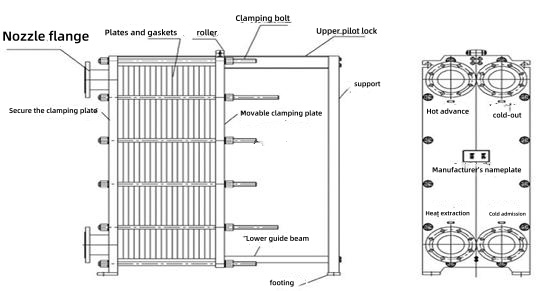
Plate heat exchanger is a commonly used industrial equipment, which can
transfer heat more efficiently. This paper will introduce the principle,
characteristics, application and price of plate heat exchanger.
https://www.boqini-heatrecovery.com/Plate-heat-exchangers.html
Ⅰ. the principle of plate heat exchanger.
The plate heat exchanger uses the plate heat exchange surface to flow the
heat source and cooling medium through the flow channel in the plate, and
realizes the heat transfer through the heat conduction resistance between the
plate and the plate. The plate heat exchanger is usually composed of several
metal plates, which are fixed by welding or stacking to form a heat transfer
surface with large coverage area and many channels.
Ⅱ. the characteristics of plate heat exchanger.
1. Higher efficiency of heat transfer: because the plate heat exchanger has a
large heat transfer area and compact flow channel structure, the heat transfer
efficiency is higher. Compared with the traditional shell-and-tube heat
exchanger, the plate heat exchanger has smaller volume and weight, and can
better meet the compact requirements of process equipment.
2. Strong adaptability: plate heat exchangers can be designed with different
plates and shapes to meet the heat transfer needs of different working
conditions and media. Moreover, the distance between the plates of the plate
heat exchanger is adjustable, which is convenient for the adjustment of the heat
exchange area and improves the flexibility and adaptability of the heat
exchanger.
3. Easy to maintain: the structure of the plate heat exchanger is simple,
easy to disassemble and clean, and convenient to maintain. And because of the
modular design of the plate heat exchanger, it can be partially replaced and the
maintenance cost is reduced.
4. Low energy consumption: due to the compact structure of the plate heat
exchanger and low fluid flow resistance, it can reduce the energy consumption of
auxiliary equipment such as pumps. In addition, due to the small distance
between the plate and the plate, the heat transfer surface area is large, and
the heat loss is small.
Ⅲ. Application of plate heat exchanger.
Plate heat exchangers are widely used in thermal systems in chemical,
petroleum, pharmaceutical, metallurgical and other industries for heating,
cooling, evaporation, crystallization and other processes. For example, in the
chemical production process, plate heat exchanger can be used for the cooling of
oil, natural gas and other chemical raw materials; in the pharmaceutical
industry, plate heat exchanger can be used for solvent recovery and steam
reuse.
Ⅳ. Price of plate heat exchangers.
The price of plate heat exchanger is affected by many factors, including heat
transfer area, design pressure, material selection and so on. Generally
speaking, the price of plate heat exchanger is relatively high, mainly due to
its complex structure, high material cost and difficulty in manufacturing. The
prices of plate heat exchangers produced by different manufacturers will be
different, and users should compare and choose according to the actual
demand.
To sum up, the plate heat exchanger has been widely used in the industrial
field because of its higher heat transfer efficiency, strong adaptability, easy
maintenance and low energy consumption. Although the price of plate heat
exchanger is high, it has superior performance and can bring better economic
benefit and production efficiency for users. Therefore, when selecting the heat
exchanger, the plate heat exchanger is a choice worth considering.
Plate material: The plates for plate heat exchangers can be selected based on operating conditions. Common materials include stainless steel 304, stainless steel 316L, titanium, and others.
|
Plate material and application range
|
|
|
Stainless steel(SS304/316L)
|
Well water, river water, edible oil, mineral oil |
|
Titanium and titanium-palladium
|
Seawater, hydrochloric acid, phosphoric acid |
|
Hastelloy
|
Concentrated brine, brine, phosphoric acid |
|
Nickel
|
High temperature, high concentration caustic soda |
|
Molybdenum
|
Dilute sulfuric acid, dilute salt solutions, inorganic solutions |
Gasket material:
|
Gasket material and application range including temperature
|
||
| Nitrile rubber (NBR) | Well water, river water, edible oil, mineral oil | -15~120°C |
| Ethylene propylene diene monomer (EPDM) | Hot water, steam, acids, alkalis | -25~140°C |
| Fluorocarbon rubber (FKM) | Acidic and alkaline fluids | -5~200°C |
| Silicone rubber | Food, oils, fats, alcohol | -65~180°C |
Related products
-
Quick View
ELF Portable Micro Quadrotor UAV/Drone
Contact UsThe ELF features a compact, durable design that is easy to carry and deploy by a single person, making it suitable for long-time missions.
-
Quick View
Hastelloy C-276 Heat Exchanger F=1㎡
Contact UsThe Hastelloy C-276 heat exchanger is a high-performance thermal equipment designed for applications in highly corrosive environments.
-
Quick View
FM5DE Slewing Drive
Contact UsOur slewing drives harness the principles of axial movement to generate robust radial torque, making them ideal for solar tracking systems that require precise positioning to optimize energy capture.
-
Quick View
Deburring Brushing Edge Rounding Machine
Contact UsSurface Brushing Rolling Brush Combination Deburring Machine

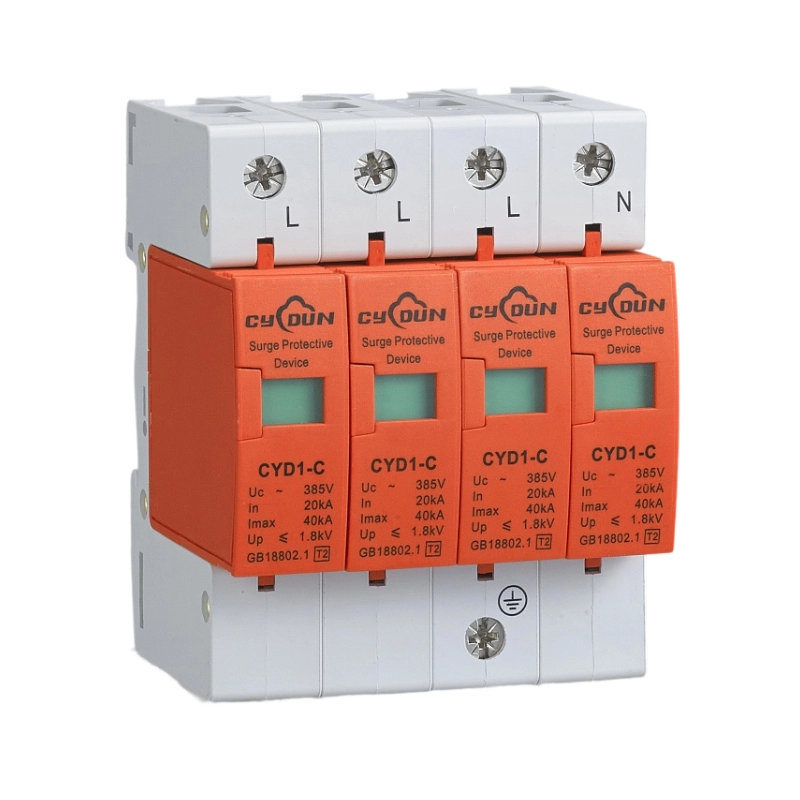
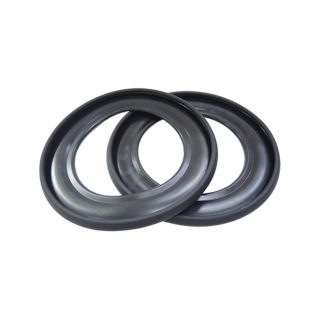
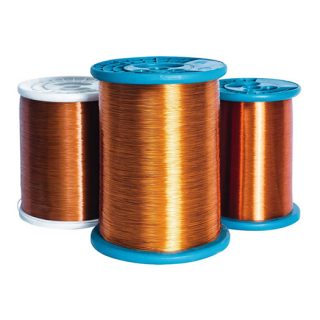
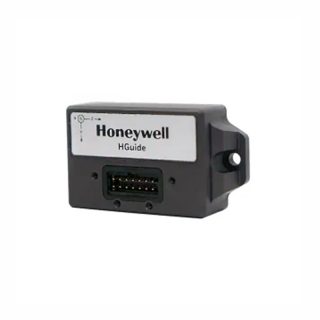
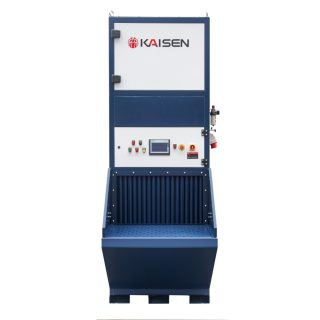
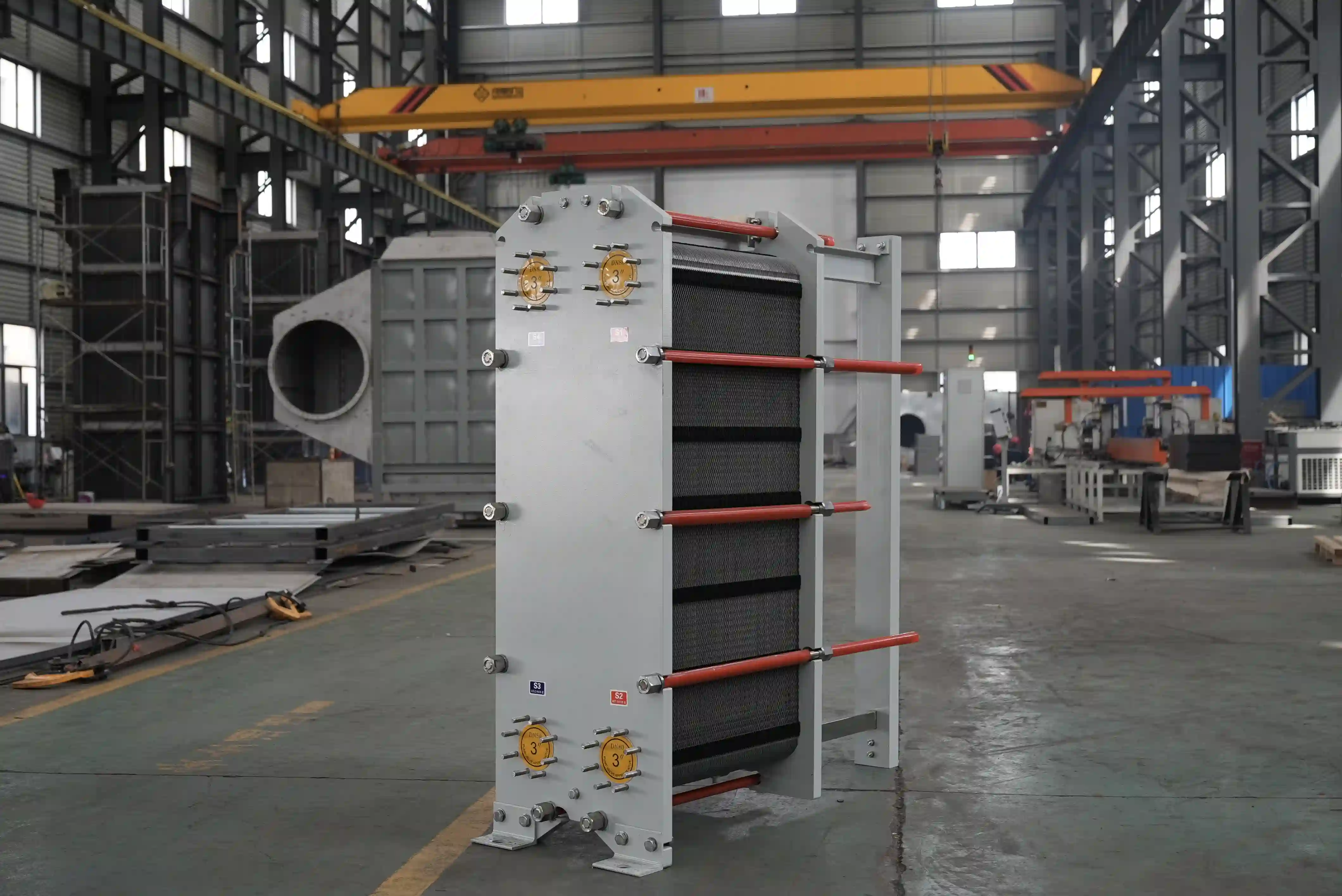
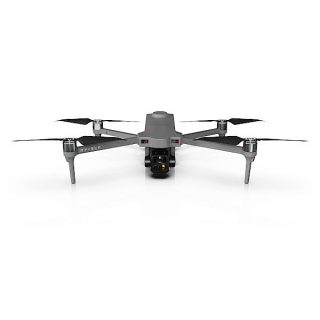
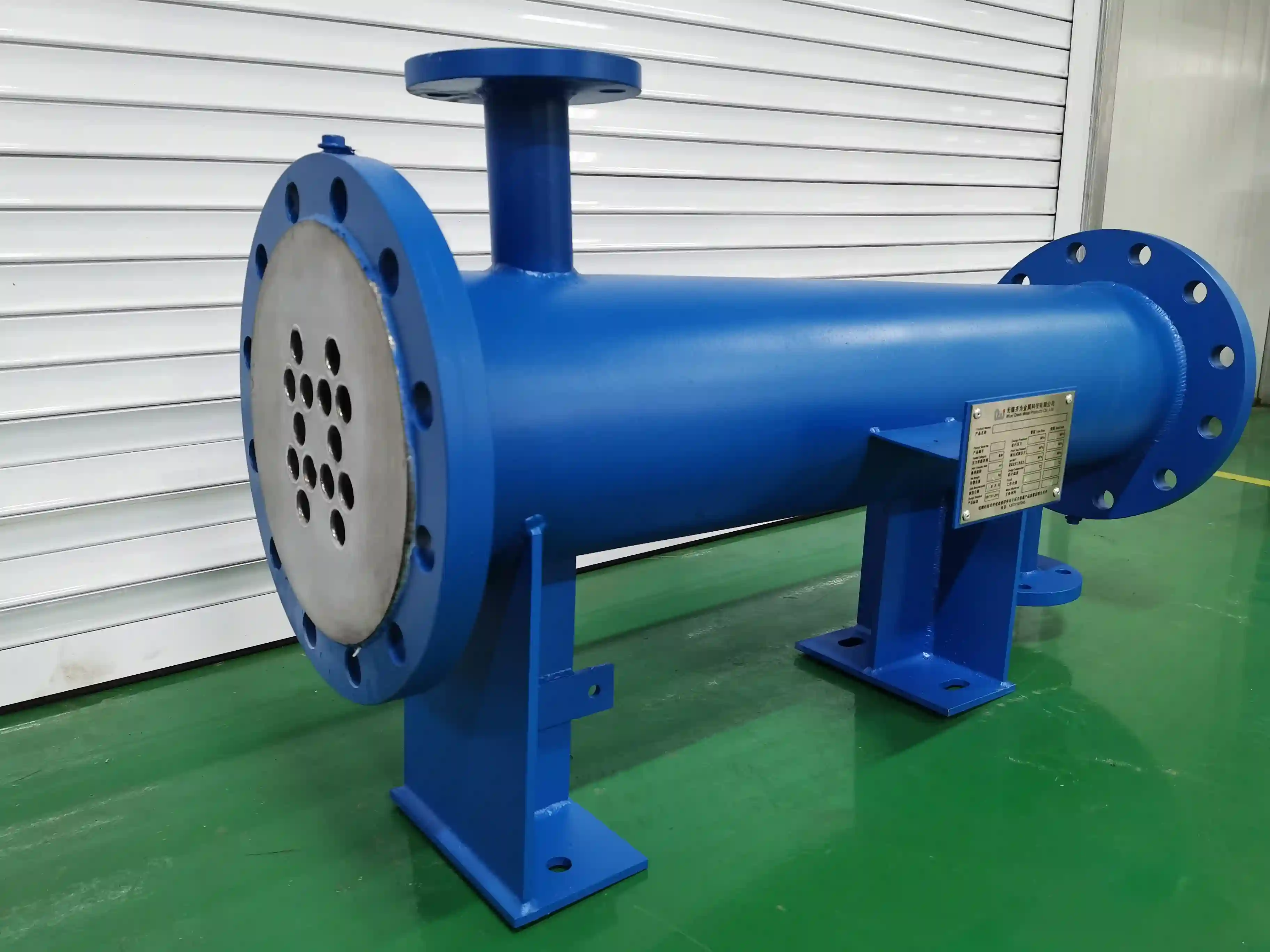
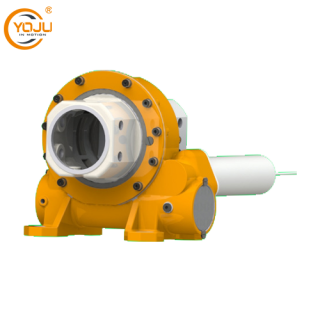
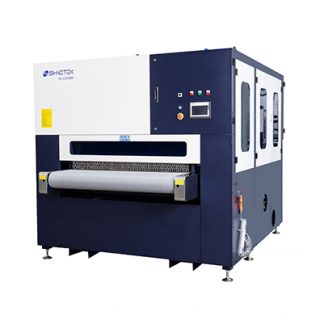
Reviews
There are no reviews yet.